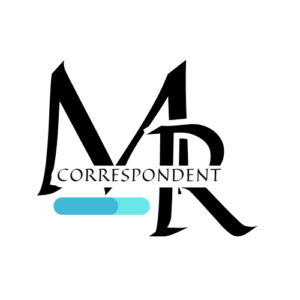Images By Tang Ming Tung | Digitalvision | Getty Images
As some Americans struggle to save for retirement, key 401(k) plan changes could soon make preparing easier for certain workers, experts say.
Enacted by Congress in 2022, “Secure 2.0” ushered in sweeping changes to the U.S. retirement system, including several updates to 401(k) plans. Some of these provisions will go into effect in 2025.
Meanwhile, roughly 4 in 10 American workers say they are behind in retirement planning and savings, primarily due to debt, not enough income or getting a late start, according to a CNBC survey, which polled about 6,700 adults in early August.
Dave Stinnett, Vanguard’s head of strategic retirement consulting, said 401(k) plans are “the primary way most Americans prepare for retirement” and those accounts can work “very, very well” when designed properly.
Here are some key changes for 2025 and what employees need to know.
‘Exciting change’ for catch-up contributions
For 2025, employees can defer $23,500 into 401(k) plans, up from $23,000 in 2024. Workers ages 50 and older can make up to $7,500 in catch-up contributions on top of the $23,500 limit.
But there’s an “exciting change” to catch-up contributions for a subset of older workers in 2025, thanks to Secure 2.0, according to certified financial planner Jamie Bosse, senior advisor at CGN Advisors in Manhattan, Kansas.
Starting in 2025, the catch-up contribution limit will jump to $11,250, about a 14% increase, for employees ages 60 to 63. Including the $23,500 limit, these workers can save a total of $34,750 in 2025.
Only 14% of employees maxed out 401(k) plans in 2023, according to Vanguard’s 2024 How America Saves report, based on data from 1,500 qualified plans and nearly 5 million participants.
On top of maxing out contributions, an estimated 15% of workers made catch-up contributions in plans that allowed it during 2023, the same report found.
Shorter wait for part-time workers
Secure 2.0 has also boosted access to 401(k) and 403(b) plans for certain part-time workers.
Starting in 2024, employers were required to extend plan access to part-time employees who worked at least 500 hours annually for three consecutive years. That threshold drops to two consecutive years in 2025.
“That’s a very good thing for long-term part-time workers” who may have struggled to qualify for 401(k) eligibility, said Stinnett.
That’s a very good thing for long-term part-time workers.
Dave Stinnett
Vanguard’s head of strategic retirement consulting
In March 2023, some 73% of civilian workers had access to workplace retirement benefits, and 56% of workers participated in these plans, according to the U.S. Bureau of Labor Statistics.
“Coverage is my thing,” said Alicia Munnell, director of the Center for Retirement Research at Boston College.
“It’s important that people have coverage no matter where they go,” including from full-time to part-time at the same job, she added.
Mandatory auto-enrollment for new 401(k) plans
Another Secure 2.0 change is auto-enrollment for certain 401(k) plans.
Starting in 2025, most 401(k) and 403(b) plans established after Dec. 28, 2022, must include automatic enrollment of eligible employees in the plan with a minimum 3% employee deferral rate.
“It’s unequivocally a positive step to take,” Munnell said. “More people will join, and more people will have savings because of that.”
Automatic enrollment and escalation — gradually increasing the contribution rate annually — are key plan designs to boost savings, Stinnett previously told CNBC.
But those features still may not result in employees saving enough. While experts recommend a 15% savings rate, most plans set a cap on automatic escalation. In 2022, 63% limited automated contributions to 10% or less of annual pay, according to the Plan Sponsor Council of America.







